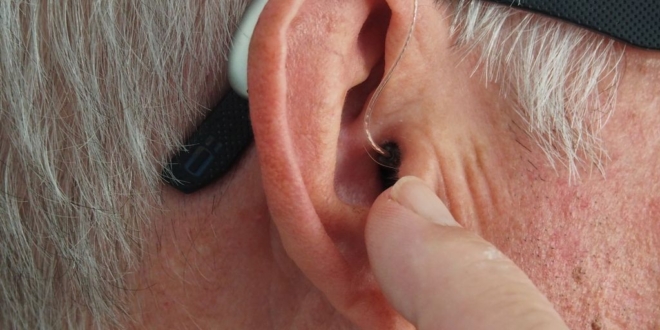If you’re one of those who suffer from some form of hearing loss, you may be wondering if hearing aids will help. A hearing aid may increase your ability to hear, although it does not restore normal hearing. They may also play a major role in improving your overall quality of life.
Continue reading to learn about the various kinds of hearing aids available and how to choose the best one for you.
Types of Hearing Aids
Hearing aids vary in terms of how they work, where they are placed, and special features. The following are the four main types of devices:
Behind-the-ear (BTE): Behind-the-ear (BTE) hearing aids are worn behind the ear and connect to the earmold through a clear tube. All of the components, including the battery compartment, microphone, and controls, are housed in a compartment behind the ear. This style is suitable for people with moderate to severe hearing loss.
In-the-canal (ITC): A lightweight plastic shell that sits within the canal is known as in-the-canal (ITC). They’re well-known for being both comfortable and simple to use. They’re also custom-made to fit your ear’s size and shape. However, due to their small size, some people find them difficult to use. ITCs can help people with mild to severe hearing loss, but they aren’t recommended for people who have profound hearing loss.
In-the-ear (ITE): Hearing aids that fit in the ear (ITE) are slightly larger than those that fit in the canal (ITC), but they’re still manageable. The components are housed in a shell that covers the outer portion of the ear. One of the benefits of ITEs, according to the NIDCD, is the ability to have a telecoil.
This allows you to receive sound through the hearing aid’s circuitry rather than the microphone. When talking on the phone, it also makes it easier to hear. People with mild to serious hearing loss benefit the most from ITEs.
Receiver-in-canal (RIC): The receiver-in-canal (RIC) design places the device within the ear canal. The receiver is tiny, and the tube is almost invisible. They’re smaller than BTEs and are suitable for mild to moderate hearing loss.
What is the Best Way to Figure Out What Works for You?
Hearing loss isn’t the same for everyone. It takes some trial and error to find the best hearing aid, but there are a few tricks to make the process go quick and easy.
Make an appointment for a physical examination: Seeing a doctor and having your hearing checked is one of the easiest ways to find out if a hearing aid is right for you. They will be able to advise you on what will work best for your hearing.
Try it out: Once you’ve decided on a style, see if you can try out the hearing aids. A lot of companies offer free trials. However, before leaving the store with them, inquire about the trial period and confirm that the product is completely refundable if you intend to return it.







